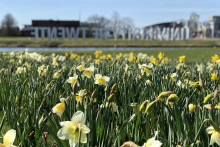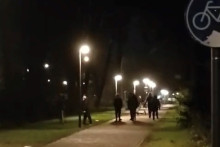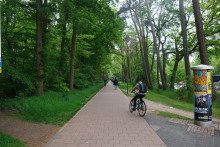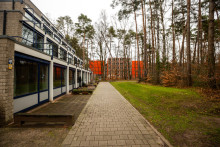Ray Klumpert, manager of Maintenance & Real Estate CFM, believes it is important that in the near future there is a collaboration between nature management and conservation, researchers and students. 'Especially now that ITC is also located on campus, there are great opportunities.' An interactive website is now in the making that aims to raise awareness of nature on campus. Organising lunch walks and storytelling about the different seasons is also being considered.
The topic of biodiversity is high on the UT agenda and has an important place in the Sustainability, Energy & Environment (SEE) programme on Sustainability on campus. 'We need to make biodiversity much more visible on campus and involve as many people as possible in the subject,' says Klumpert, who is now preparing for retirement. He would like to leave a nice legacy. 'There are so many animals on campus. Hedgehogs, squirrels, many bird species and lots of bats. In addition to common butterflies and insects, there are also special species. I'm thinking, for example, of the elegant large white-faced darter. We have to be very careful with our nature.'
Spearhead
A recently presented strategic plan contains numerous measures that can strengthen biodiversity on campus over the next ten years. 'That has been a spearhead on campus for years,' says Ray Klumpert. 'Ten years ago, the campus was still seen as a park landscape and the lawns and verges were neatly mowed. In the meantime, the insights about green management have changed and adapted considerably. Also at the UT. We have now roughened verges, made waterfronts more natural and planted flower seeds and bulbs in lawns.'
The need to stay alert and take measures is certainly there. The number of insects in the Netherlands has fallen by 75 percent in the past 25 years, according to the strategic plan for increasing biodiversity. The quality of the trees also decreases due to climatic conditions. This is certainly also noticed at the UT, for example in the state of the beech avenues on campus, which is deteriorating. Klumpert: 'We have to be careful with nature on our campus. We certainly owe that to the UT people before us, who treated the campus with care, left the trees standing and preserved nature.’








